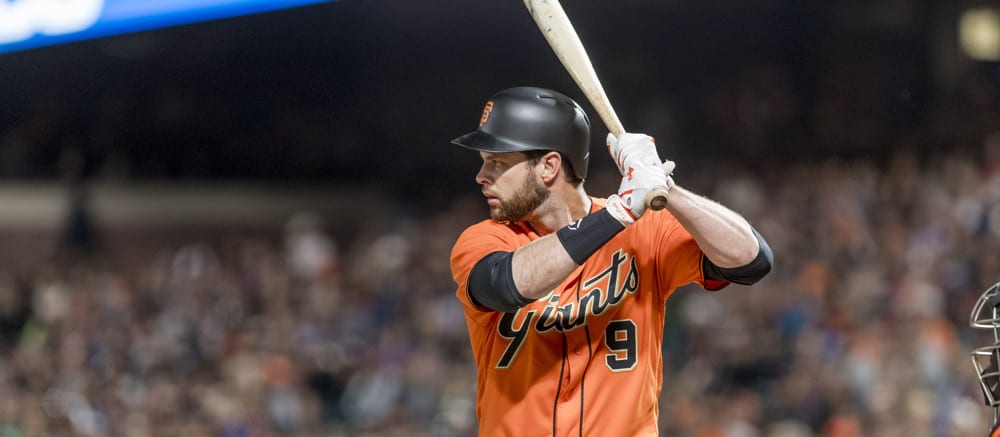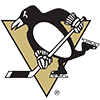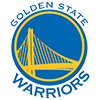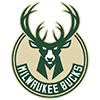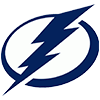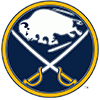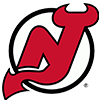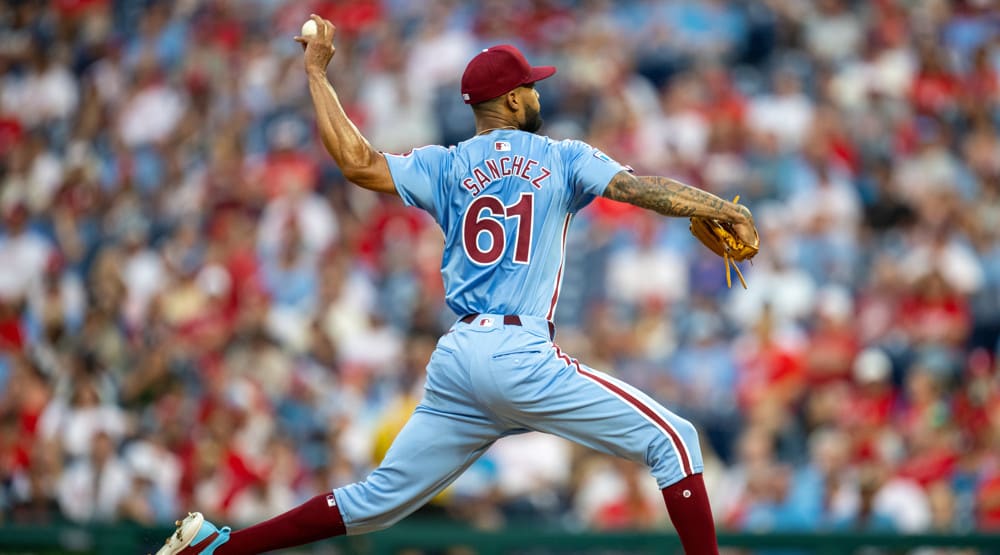As if things weren't already challenging. I'm still trying to wrap my head around how to deal with the "What ball will be used?" issue, and now we must adjust a pair of extreme pitching parks along with guessing how a new venue will play? Good times.
Yes friends, it's time for my annual look at park factors, a necessary evil. Before we delve into what's new for 2020, here's an overview of the topic.
Park factors quantify how a venue plays, independent of the quality of the home team's hitting or pitching. The formulas are designed to minimize bias, but it always doesn't eliminate it. Still, it's better to incorporate park factors in analysis than ignore them.
Park indices are expressed so a neutral park is 100. A factor of 110 means the venue increases the stat in question by 10 percent. A factor of 85 indicates it decreases the stat by 15 percent.
By means of example, say a batter is projected to hit 20 homers in a venue with a HR index of 100. If he played in a ballpark with a 120 index, his new projection would be 22, since the 10 projected homers at home jumps to 12. if he played in a place with a 90 index, his new expectation is 19, since he'd lose 10 percent of his 10 homers at home. While it goes beyond the scope of this piece, factors do not affect each player linearly, but it's best to apply
As if things weren't already challenging. I'm still trying to wrap my head around how to deal with the "What ball will be used?" issue, and now we must adjust a pair of extreme pitching parks along with guessing how a new venue will play? Good times.
Yes friends, it's time for my annual look at park factors, a necessary evil. Before we delve into what's new for 2020, here's an overview of the topic.
Park factors quantify how a venue plays, independent of the quality of the home team's hitting or pitching. The formulas are designed to minimize bias, but it always doesn't eliminate it. Still, it's better to incorporate park factors in analysis than ignore them.
Park indices are expressed so a neutral park is 100. A factor of 110 means the venue increases the stat in question by 10 percent. A factor of 85 indicates it decreases the stat by 15 percent.
By means of example, say a batter is projected to hit 20 homers in a venue with a HR index of 100. If he played in a ballpark with a 120 index, his new projection would be 22, since the 10 projected homers at home jumps to 12. if he played in a place with a 90 index, his new expectation is 19, since he'd lose 10 percent of his 10 homers at home. While it goes beyond the scope of this piece, factors do not affect each player linearly, but it's best to apply them in that manner, hence the reference to "a necessary evil".
In theory, an index for every recorded statistic can be derived. The most common are runs and home runs, though a park embellishing homers doesn't always augment runs. A pair of useful but overlooked factors are strikeouts and walks. It's subtle, but the amount of foul territory, the size and impact of the batter's eye, and atmospheric conditions can influence walks and whiffs. With respect to the latter, pitches break less at higher altitudes while temperature and humidity can also affect movement.
Following up on the correlation between home run and run indices, the R factor is just .55. However, the correlation between hits and runs is .97. Here are the three-year averages for hits, runs and homers:
| Ballparks | HITS | RUNS | HR |
|---|---|---|---|
| Chase Field (ARI) | 101 | 101 | 91 |
| SunTrust Park (ATL) | 103 | 103 | 94 |
| Camden Yards (BAL) | 103 | 103 | 119 |
| Fenway Park (BOS) | 104 | 103 | 87 |
| Wrigley Field (CHC) | 104 | 104 | 98 |
| Great American Ball Park (CIN) | 106 | 106 | 117 |
| Progressive Field (CLE) | 99 | 102 | 103 |
| Coors Field (COL) | 123 | 134 | 121 |
| Guaranteed Rate Park (CHW) | 95 | 97 | 113 |
| Comerica Park (DET) | 108 | 107 | 100 |
| Minute Maid Park (HOU) | 95 | 96 | 112 |
| Kauffman Stadium (KC) | 103 | 102 | 81 |
| Angels Stadium (LAA) | 96 | 98 | 107 |
| Dodger Stadium (LAD) | 91 | 91 | 109 |
| Marlins Park (MIA) | 88 | 88 | 77 |
| Miller Park (MIL) | 102 | 102 | 107 |
| Target Field (MIN) | 103 | 103 | 97 |
| Citi Field (NYM) | 83 | 83 | 92 |
| Yankee Stadium (NYY) | 97 | 97 | 110 |
| RingCentral Coliseum (OAK) | 96 | 93 | 88 |
| Citizens Bank Park (PHI) | 105 | 105 | 124 |
| PNC Park (PIT) | 95 | 95 | 86 |
| Petco Park (SD) | 91 | 91 | 88 |
| T-Mobile Park (SEA) | 93 | 91 | 96 |
| Oracle Park (SF) | 88 | 88 | 68 |
| Busch Stadium (STL) | 91 | 91 | 86 |
| Tropicana Field (TB) | 94 | 92 | 92 |
| Globe Life Park (TEX) | 115 | 127 | 111 |
| Rogers Centre (TOR) | 98 | 98 | 112 |
| Nationals Park (WAS) | 110 | 110 | 114 |
There are various reasons why a venue can favor runs and hits while depressing homers. For instance, the BABIP of fly balls is inflated by 76 percent in Fenway Park, most due to the Green Monster. Kauffman Stadium has a similar pattern to Fenway, but it doesn't inflate the number of flyball hits. Rather, it serves up proportionately more doubles and triples while squashing strikeouts.
Yankee Stadium and Guaranteed Rate Park both boost homers while suppressing hits and runs. One of the reasons is both venues significantly lower the BABIP on fly balls. That is, fewer fly balls that stay in the yard land for hits. Additionally, both ballparks squash doubles and triples.
Coors Field, Camden Yards, Nationals Park and Globe Life Park all increase runs, hits and homers. Coors Field's altitude helps balls carry and the outfield is so expansive, there's too much space to cover. If defenders play deep, balls fall in front of them. If they play shallow, balls are launched over their heads. In other big parks, fly chasers can play shallower, since the threat of a batted ball carrying isn't as great. The elements aid Camden Yards, Nationals Park and Globe Life Park. All are in hot and humid climates, increasing carry.
In the intro, the funky ball of 2019 was referenced. Not only did some players show a disproportionate spike in long balls, so did some venues, while others surprisingly hindered power. While this all can't be attributed to the ball, there could be a cause and effect.
While it still was negative for homers, Marlins Park was more favorable than past seasons. The fences are coming in at South Beach, more on that later. Citi Field played slightly favorable for homers after crushing power for many seasons. One year's data isn't enough to discern if this is variance or a product of the ball.
Curiously, Target Field and Yankee Stadium both reduced power. No, that's not a typo. The sites of the top two home run hitting teams in history played below 100, with Yankee Stadium checking in at 91 while Target Field registered 86. While there's likely some bias as well as variance contributing to the outlying factors, "Imagine what they would have done in a favorable home run park," is a fair statement.
Let's turn our attention to 2020 and a pair of renovations, along with a new venue.
MARLINS PARK
As alluded to, Marlins Park is undergoing a major renovation. First, the grass will be replaced by an artificial surface as it's hard to maintain the real thing with a retractable roof. More importantly, the fences in center and right are coming in 12 feet. Deep center field will be 400 feet and the right field power alley will be 387 feet, rendering the park more symmetrical. It's worth noting the venue already played more favorably for left-handed batters, and now the pull side fences are coming in. However, keep in mind, home run indices for a right-handed batter also account for the ability to go the other way, so bringing the opposite side fences in could aid righties as well. For example, righty swinging Brian Anderson clubbed 10 long balls in South Beach. Five were pulled, two went to center and three to right, so he has ample oppo power to benefit from the change. Another right-handed stick, Jorge Alfaro, clocked seven home dingers -- three pulled, two to center and another pair the other way -- so the Fish's primary backstop could see a slight nudge as well.
The closer fences could hurt southpaw Caleb Smith, even though he faces more right-handed batters. Those with opposite field power could take him deep more often, which is a scary thought since Smith surrendered 31 homers last season in just 153.1 innings.
Miami is a few feet below sea level, so the ball doesn't carry well, especially since the roof is closed most of the time so the heat and humidity don't aid flight. Keep this in mind when you see park overlays, to gauge how a batter will perform. Corey Dickerson comes to mind, as he's ticketed for a corner outfield spot in the Marlins lineup. Because of the reduced carry, outfielders can now play a little shallower in right and center with the hopes of snaring more line drives and weakly hit fly balls. It remains to be seen whether the increase in homers balances the decrease in hits, but regardless, expect Marlins Park to remain a pitching paradise, even after the renovation.
ORACLE PARK
The Giants are moving the bullpens from foul territory to behind the outfield fences, and in doing so they'll bring in the long fence that extends from left-center field to triples alley from four to six feet. They are also lowering it a foot to seven feet, so there should be a few more highlight-reel snares saving homers. Like Marlins Park, the venue should remain pitcher-friendly, but a few more blasts should become souvenirs, especially to straightaway center which will be relatively shallow since the fence isn't rounded but straight across.
The first player who came to mind when it was announced Oracle Park was renovating was Brandon Belt. Granted, it's not like the venue robbed him of a Hall of Fame career, but it certainly curtailed his production. Here is Belt's flyball distribution at home last season:
| Far Left Field | 22.7% |
| Left Center Field | 21.3% |
| Straightaway Center | 28.0% |
| Right Center Field | 18.7% |
| Far Right Field | 9.3% |
Note how few balls Belt pulled down the line where the fence is a very short 309 feet away. One reason Barry Bonds was unfazed by then-AT&T Park was he was predominantly a pull hitter, so he avoided the big part of the ballpark. Meanwhile, Belt directed 68 percent of his fly balls between left and right center, the exact locale of the change. It's more of an NL-only gambit, but Belt may display a bit more power than he did previously.
GLOBE LIFE FIELD
Now we get to the fun one. As can be gleaned from the table above, Globe Life Park was one of the most hitter-friendly venues in the league across the board. In its place is the brand new Globe Life Field, equipped with a retractable roof to protect against the Texas heat and near-constant threat of thunderstorms. Here is a tweet from the Rangers account displaying the two venues side-by-side:
Tales of the tape. pic.twitter.com/rHAFmYzbhX
— Texas Rangers (@Rangers) December 4, 2019
The dimensions are fairly close, especially in right field. The old venue is a bit deeper in left while the new one is a little deeper in left-center. The major structural change is the fence will be eight feet high across the entire outfield.
The chief difference will be the elements, as it's hard to imagine the roof being opened much and the ball carries better in heat and humidity. In addition, the conditions physically wore on pitchers from both sides, lessening performance more than normal towards the end of their outings. The noted wind tunnel effect will be absent from the new digs, on paper reducing ball flight and thus home runs.
Any judgment is speculative, but the intent of the design was for a neutral venue. But then, that was the plan for the old haunts as well. Still, it's virtually assured since most of the games will be contested indoors with only air conditioning blowing towards the outfield. This should render Globe Life Field less hitter-friendly. I'm using neutral as a base, then seasoning individual players to taste.
For the first time in what seems like forever, Texas pitching should be fantasy-friendly. There are other factors surrounding Corey Kluber, but if you believe he'll bounce back in terms of health, he's in a great spot to flourish. Mike Minor and Lance Lynn are both intriguing targets as are Kyle Gibson and Jordan Lyles. Streaming Rangers at home could become a thing. The other Texas hurler to bump up is closer Jose Leclerc. He's probably not a Tier 1 option, but putting him near or at the top of Tier 2 is defensible.


